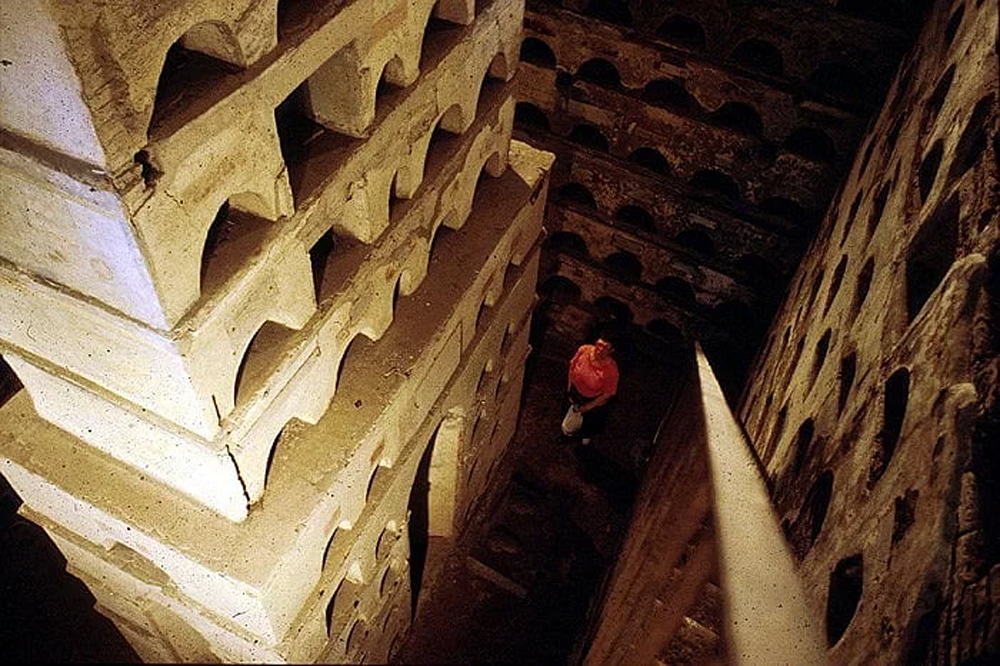Columbaria: Death Mansions of Rome

A columbarium is an underground chamber, which the Romans used for preserving the ashes of the dead. During the 1st and 2nd centuries CE, hundreds of columbaria lined the consular highways leading out of Rome, although now only some two dozen are extant. Carefully organised, with neatly stuccoed ceilings, frescoed walls, and mosaic floors, columbaria are not to be confused with catacombs—long rambling underground galleries with crude recesses, which have been gouged out of the living tufa rock and used for inhumation. Since a columbarium represents a self-contained environment, it is ideal for evaluating the funerary rites and commemorative customs of ancient Romans who banded together for a common purpose: the eventual cremation, preservation, and memorialisation of their earthly remains.
The widespread use of columbaria is a phenomenon of the city of Rome, although small columbaria may also be found in Etruria and Campania. Their mass construction seems associated with Augustus' reforms of Rome's archaic burial laws. The closing down of the Esquiline cemetery with its foetid puticuli, or body dumps (and the subsequent reclamation of that land for public gardens), called for a new method of disposal of the dead. Columbaria represent an acceptable economic means of serving the needs of an ever-growing population of slaves and freed slaves.
See the full article at https://buff.ly/3cLY5fE

